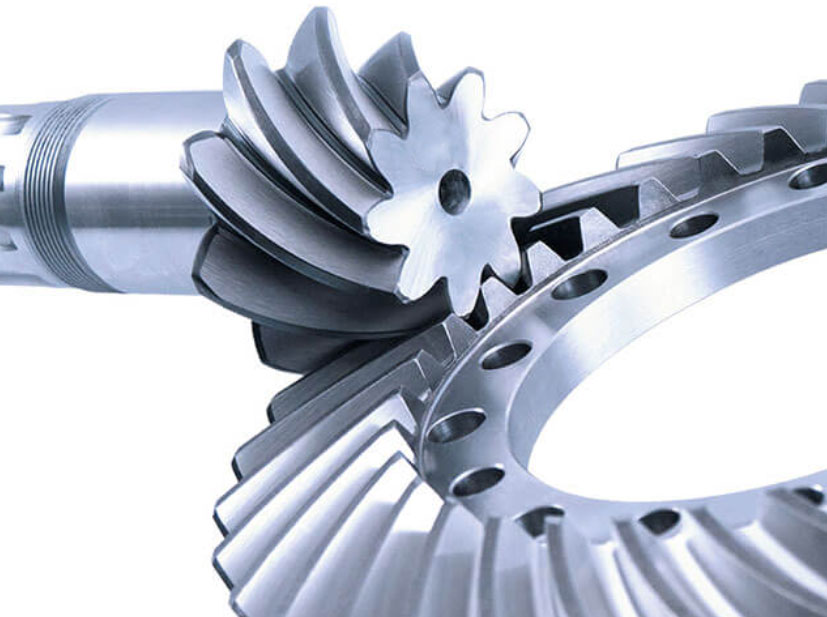
Spiral bevel gears are highly reliable and known for their durability and impressive load-carrying capacity. These characteristics are a result of their unique design and manufacturing process, which make them well-suited for demanding applications. Let’s delve deeper into the factors that contribute to the durability and load capacity of spiral bevel gears:
- Tooth Profile and Contact Area: Spiral bevel gears have a curved tooth profile that provides a larger contact area between mating gears compared to straight bevel gears. The increased contact area allows the load to be distributed over more teeth, reducing the stress on individual teeth and enhancing the gear’s load-carrying capacity.
- Rolling/Sliding Meshing Action: The rolling/sliding action during gear meshing results in a smoother transfer of force between teeth, reducing impact and wear. This action reduces localized stresses on the gear teeth, contributing to the overall durability of the gear system.
- Load Distribution: Spiral bevel gears are designed to have a higher contact ratio, meaning multiple teeth are engaged simultaneously during operation. This improves load distribution, minimizing concentrated loads on individual teeth and reducing the risk of tooth breakage or pitting.
- Manufacturing Quality: Spiral bevel gears are manufactured using specialized equipment and processes, ensuring high precision and tight tolerances. The accurate tooth profile and precise alignment of mating gears enhance the gear’s load-carrying capacity and overall durability.
- Materials and Heat Treatment: High-quality materials, such as alloy steels, are commonly used in the manufacturing of spiral bevel gears. Additionally, heat treatment processes like carburizing, quenching, and tempering are employed to enhance the material’s strength and hardness, increasing the gear’s ability to withstand high loads and resist wear.
- Lubrication and Cooling: Proper lubrication is essential to reduce friction and wear between gear teeth. Adequate cooling systems may also be employed in high-load applications to manage heat generated during operation and prevent thermal damage to the gears.
- Gear Geometry Optimization: Engineers can optimize the gear’s geometry, including the spiral angle, tooth profile, and pitch diameter, to ensure optimal load distribution and performance. This optimization allows for customized designs to match specific application requirements.
- Finite Element Analysis (FEA): Finite Element Analysis is often used during the design process to simulate the behavior of the gear under different loads and conditions. This analysis helps in identifying potential stress concentrations and areas of concern, allowing for design improvements to enhance durability.
The durability and load-carrying capacity of spiral bevel gears are a result of their tooth profile, rolling/sliding meshing action, precise manufacturing, high-quality materials, heat treatment, lubrication, cooling, and gear geometry optimization. These features make spiral bevel gears reliable components, capable of withstanding high loads and ensuring smooth and efficient power transmission in various demanding industrial applications.
